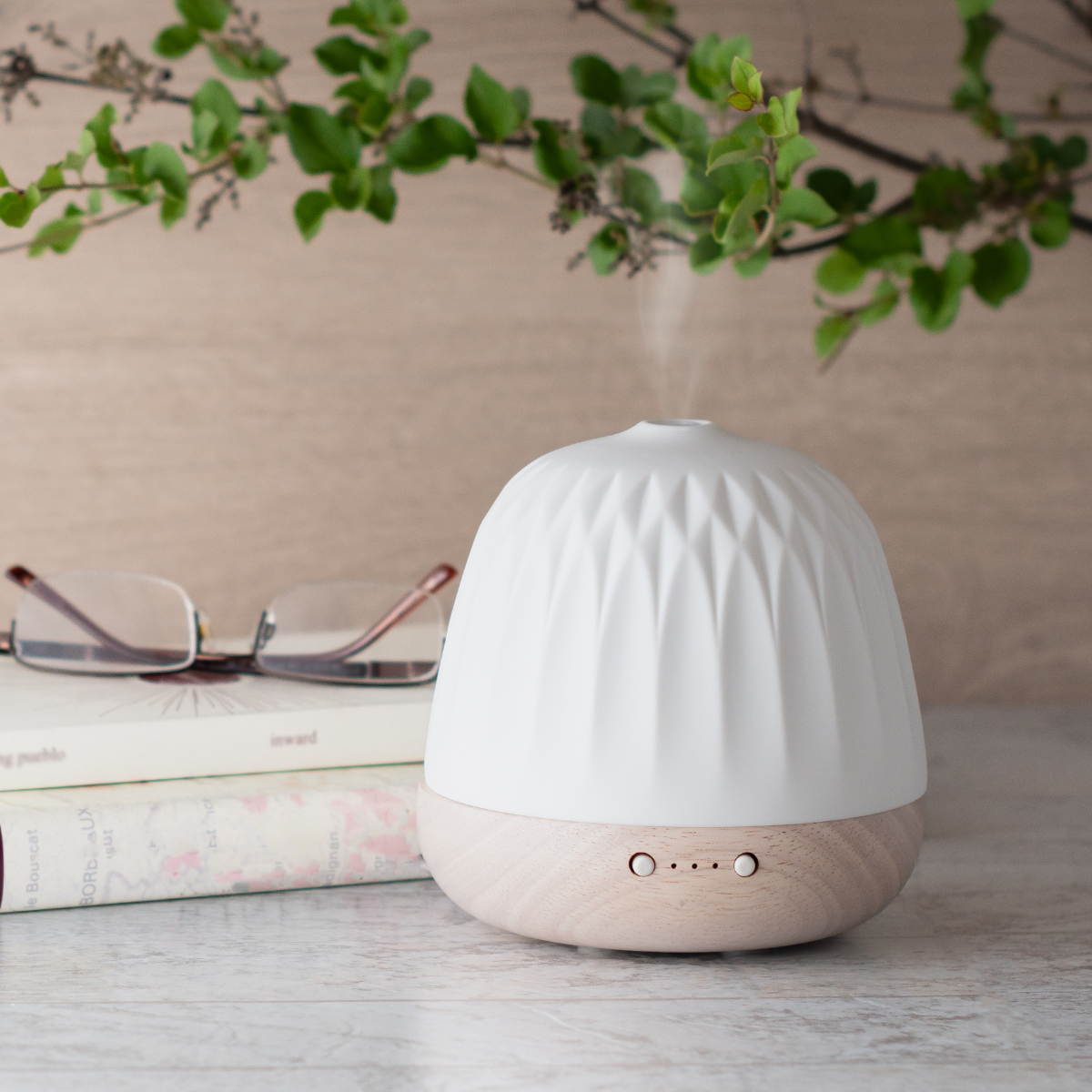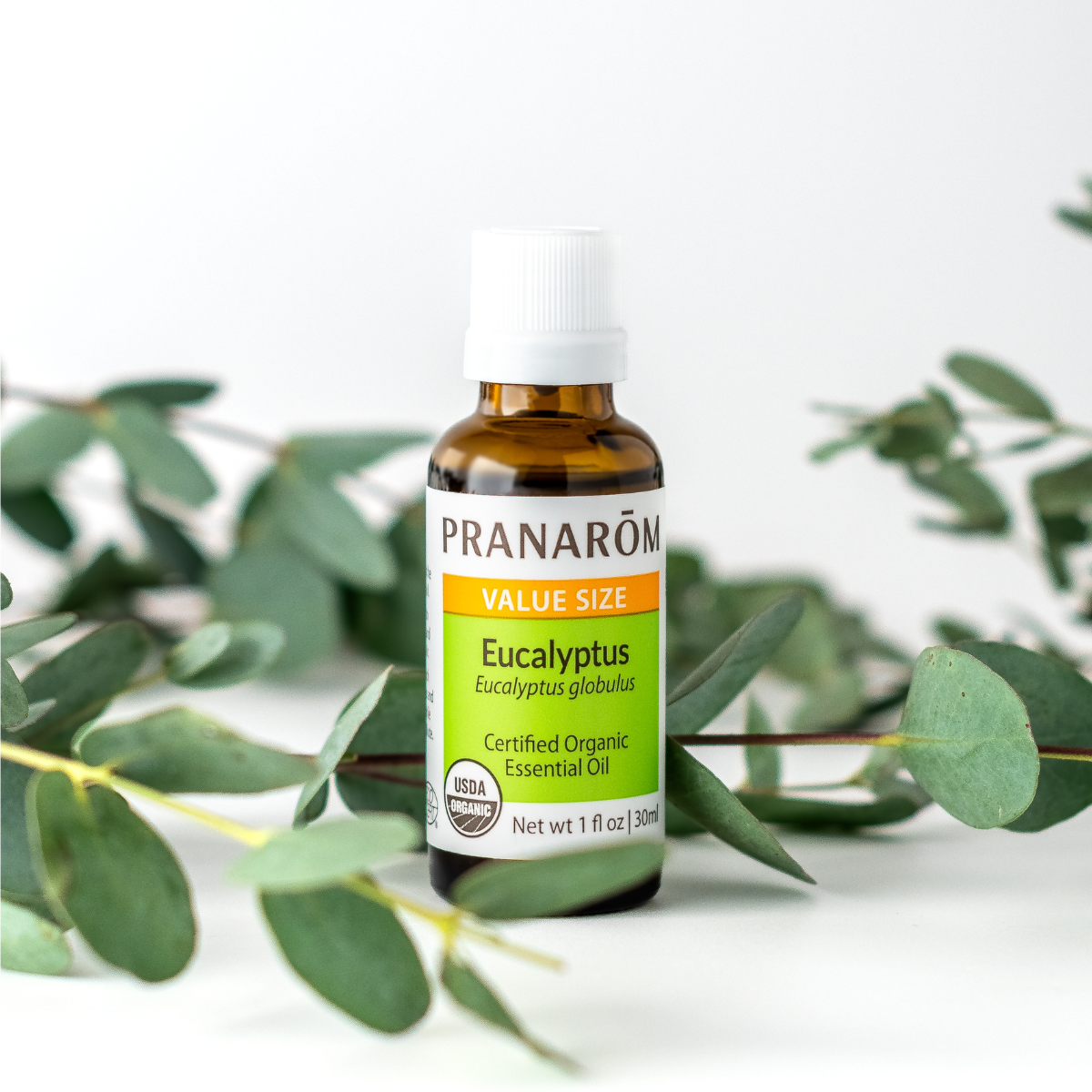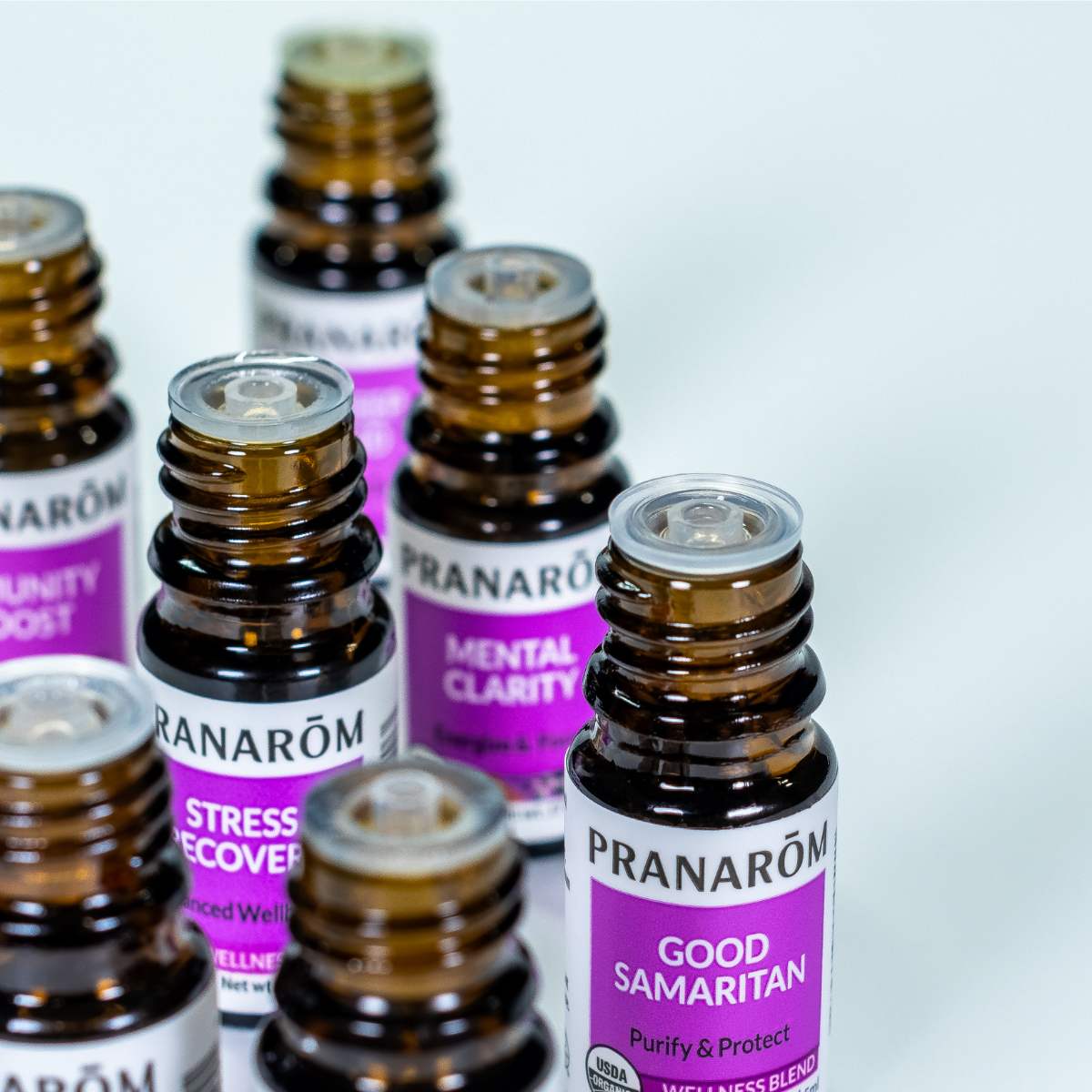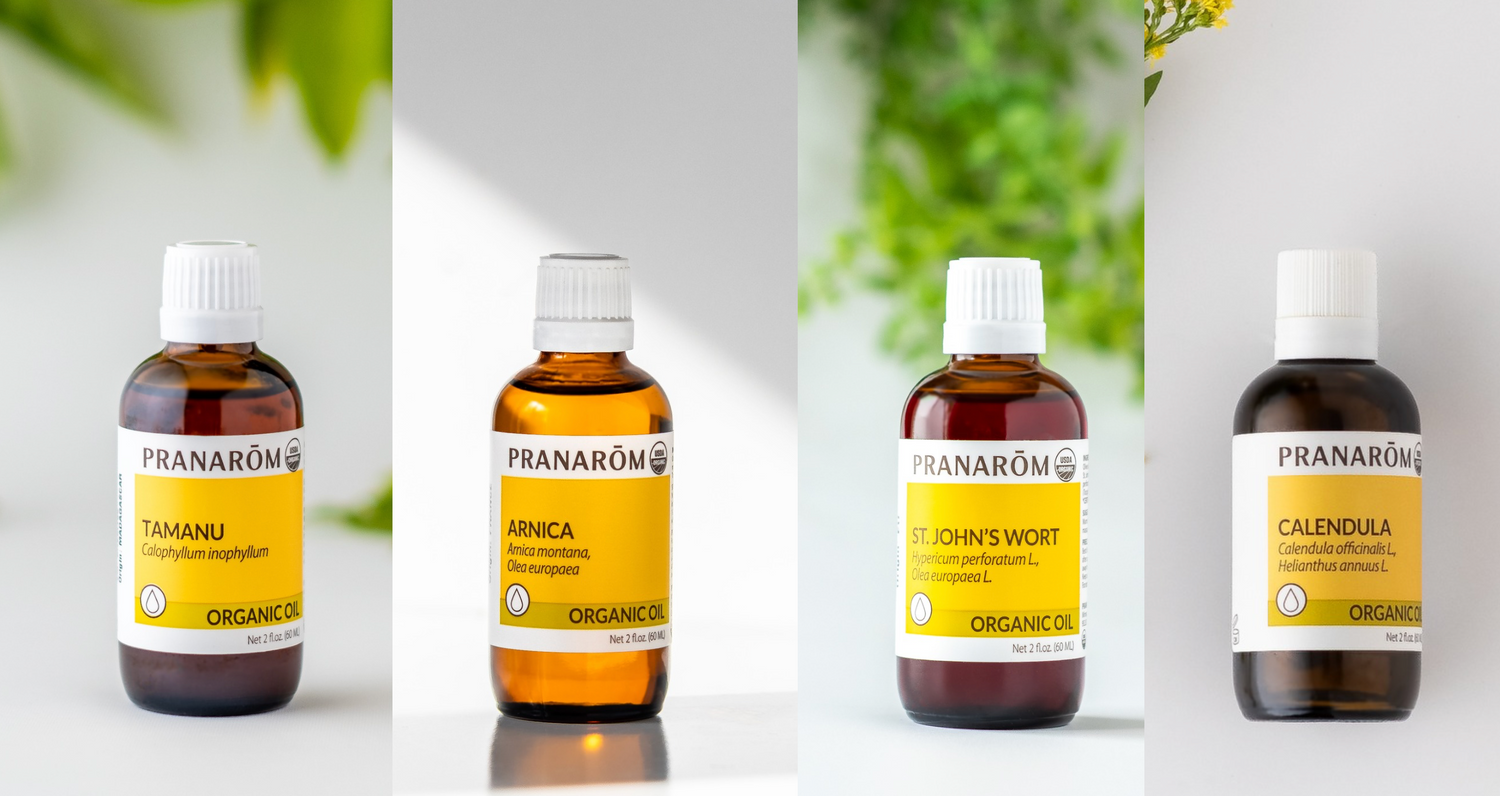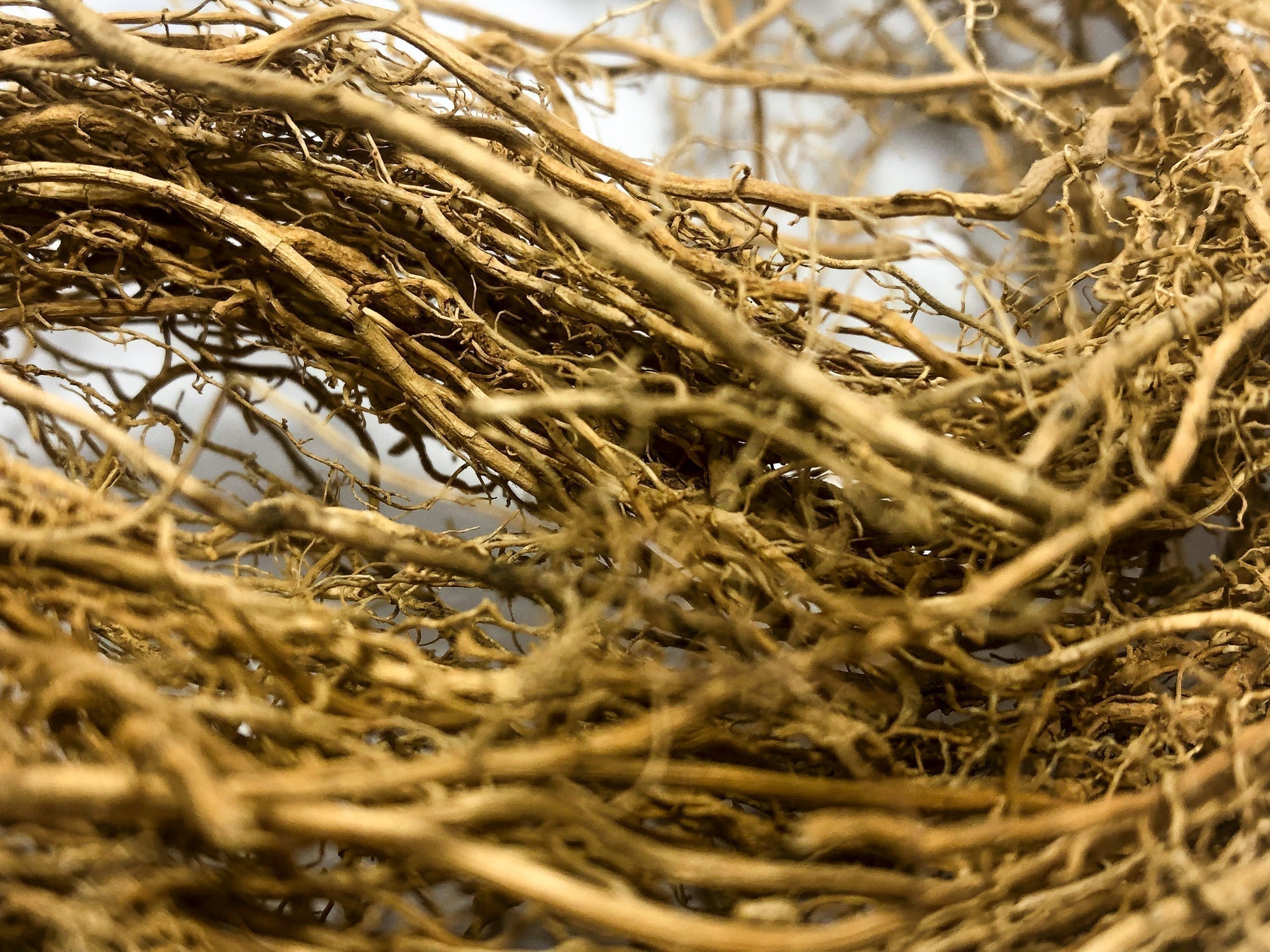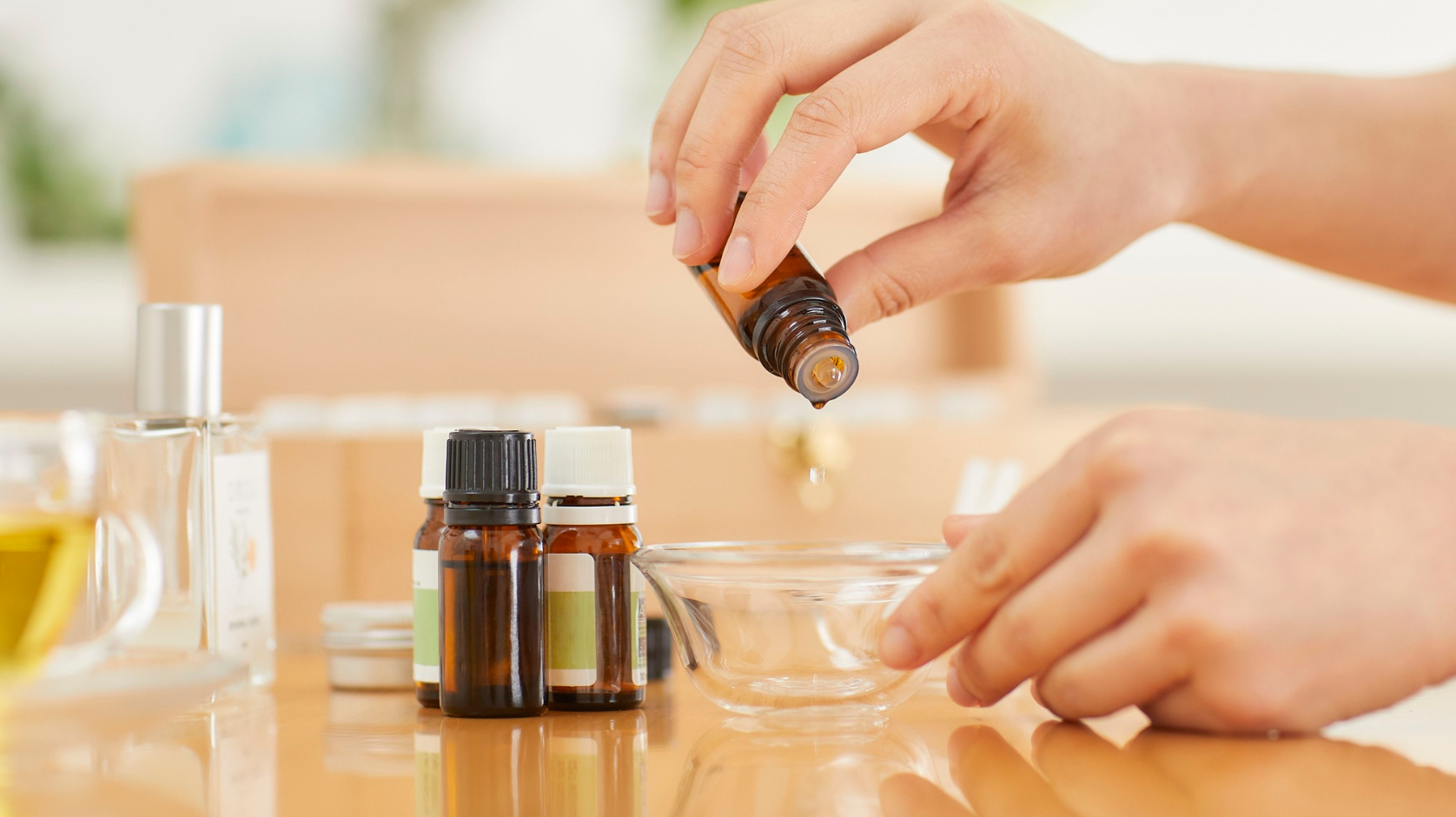Summer is at our doorsteps and outdoor activity is often at an all-time high as we alight from those proverbial steps and take in the splendor of the great outdoors. However, in our enthusiastic escapes, we often forget to be properly prepared, or even find ourselves a little stiff, sore, or itchy. Thankfully, there are remedies and ways to support our needs! And Pranarōm has just that in our Virgin Plant Oil category – options to help you get back to your best self.
What are Virgin Plant Oils?
First, let’s look at what virgin plant oils are. VPOs are the fatty fixed oils that come from a seed, nut, or sometimes fruit. Pranarōm only sources organic plant material using the first, cold pressing of said plant part. This ensures the greatest vitality, quality, and efficacy you can find! In addition, Pranarōm offers infused virgin plant oils too. Sometimes called macerates, they are made by soaking organic plant material, that doesn’t produce a fatty oil itself, in a virgin plant oil of sunflower or olive. Whichever you choose, you’re sure to get a vibrant, supportive product to help with any discomfort you might incur from your outdoor adventures.
While they are ‘oils,’ virgin plant oils are not the same as essential oils. Essential oils are usually sourced via steam distillation of organic plant materials, resulting in a highly concentrated substance that packs a lot of punch. Therefore, essential oils need to be diluted into a carrier oil for optimal, safe results. Virgin plant oils are just that! They are an option to carry essential oils safely to your skin. But they can do so much more, they can support and nourish all on their own.
Unlike essential oils, virgin plant oils need no dilution to be used. Simply open, pour a few drops out, and rub it into the desired area. But which ones support in first aid applications? Let’s dive into four of our favorites.
Arnica
Arnica lives up to its historic lore. Perhaps most well known as a homeopathic remedy, the plant medicine has been used for centuries. In folk usage, the flower tincture was added to footbaths for sore feet, on the scalp to increase hair growth, a poultice of the root was applied to tumors. It was also taken internally as a cardiotonic, CNS stimulant, expectorant, nervine, sedative, and to treat issues of the liver, stomach, and intestines. However, our infused virgin plant oil is not intended for internal use, so this information is purely for historical reference.
Arnica oil is widely known for its properties to soothe bumps, bruises, joints, and occasional muscle strains. Used this oil by pouring a few drops into the palms, warming between the hands, and gently massaging into the desired area. Pranarōm’s Arnica virgin plant oil is just that: Arnica flowers that have been soaked in olive oil rather than the gels and creams you can find that have many fillers and preservatives that don’t support Arnica’s properties. While Arnica oil is prized for its many uses and therapeutic constituents, is only available in limited amounts each year due to Pranarōm’s responsible and sustainable sourcing. Every bottle is precious!
Common uses of Arnica
Calendula
Calendula is another infused plant oil with a long history of use. Herbalists from Nicholas Culpeper to Rosemary Gladstar have loved this flower and its ability as a remedy.
“It is an herb of the sun, and under Leo. The flowers strengthen the heart exceedingly.” ~Nicholas Culpeper
A must have in your medicine cabinet for all your first aid needs, this is one of the gentlest oils in Pranarōm’s collection. An ally of babies and those with sensitive skin, it is often used as bath or massage oil for infants. Additionally, Calendula’s properties make it a wonderful choice for diaper rash and other skin conditions like eczema, psoriasis, general irritation and itch.
One of the biggest summertime culprits, sunburn, is something that calendula has a great affinity for – offering relief from the redness and light pain. However, if there are blisters present, wait on applying Calendula virgin plant oil until they are gone. It’s no surprise that Calendula can support after over-exposure to the sun when so many of our connections and connotations for this plant are the sun.
“The radiant yellow flowers of calendula have been celebrated as reflections of the sun – the flowers opening and closing with the sun.” ~Rosemary Gladstar
And for the cuts and scrapes that often come with outdoor living, Calendula also supports. Apply the oil to soothe skin irritation, promote tissue repair, and reduce the risk of scaring.
Common uses of Calendula
St. John’s Wort
This “herbal bandage” has been used in traditional medicine for hundreds, even thousands of years. St. John’s Wort has been known to offer support to symptoms of conditions ranging from neuralgia, rheumatism, lumbago, and sprains. Used as a remedy in the Middle Ages, this oil offers support to cutaneous and cellular regeneration. Suitable for sensitive skin, St. John’s Wort nourishes and calms occasional red, irritated skin. It's also helpful in minor injuries.
Much of the conversation around this plant is dedicated to internal use, via tincture or supplement. And when it comes to the warnings around photosensitization, studies show that it’s with internal use that we should be more cautious in the sun. However, please always use caution when going into the sun.
For extra first aid support, try combining these three virgin plant oil infusions to create your own ‘trauma oil.’ To do so, combine equal amounts of each (Arnica, Calendula, and St. John’s Wort) to a clean jar and use in any of their first aid indications.
Common uses for St. John’s Wort
Tamanu
A medicine cabinet in itself, Tamanu nourishes dry skin, leaving it smooth and soft, while reducing the appearance of stretch marks and scars, fine lines and wrinkles. Tamanu is also an excellent ally to those with heavy legs, those who want to promote healthy veins as well as support lymphatic drainage because it is known to reinforce and revive circulation simultaneously.
Tamanu is an evergreen native to tropical areas of the south Pacific, thriving in coastal areas due to its ability to tolerate sea salt spray. A drift seed, like coconut, their shells protect the nut from salt water and can drift until nature decides to intervene and it takes root in coastal sands.
Due to its unique composition, this oil absorbs deeply into all layers of the skin – with demonstrated ability to support rapid regeneration of skin, reparation of nerves, and diminish scarring. Tamanu is naturally cloudy and thick, and is semi-saturated when at room temp, which is common for tropical oils, so separation is natural. Simply shake to redistribute the botanical nutrients throughout the oil.
Common uses for Tamanu
Storage Tip
It is clear that virgin plant oils are an important component to any first aid kit or cabinet, but it’s also important to remember that Pranarōm’s virgin plant oils will go bad after time. For best shelf life and results, store virgin plant oils in a cool dark place and use within 12 months of opening. Otherwise, enjoy utilizing a natural, organic product to support your health and wellbeing this summer!
Article by: Liza Docken, Pranarom US National Educator

